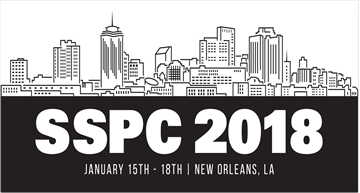Search
Products tagged with 'surface roughness'
View as
Sort by
Display
per page
05002 Antifouling Coatings for Offshore Structures
Product Number:
51300-05002-SG
ISBN:
05002 2005 CP
Publication Date:
2005
$20.00
Bio Based Waterborne Floor Coatings with Enhanced Flow, Appearance, and Early Hardness Development
Product Number:
41215-900-SG
Publication Date:
2015
$20.00
Calibration, Verification, and Adjustment: Ensuring Accurate Inspection Measurements
Product Number:
51219-175-SG
Publication Date:
2019
$20.00
Flexible Measurement Solutions for Industrial Painting and Inspection Applications
Product Number:
41214-833-SG
Publication Date:
2014
$20.00
Impact of Surface Finishing on Corrosion Inhibition Performance
Product Number:
51317--9175-SG
ISBN:
9175 2017 CP
Publication Date:
2017
$20.00
Improvements to the Replica Tape Test Method (ASTM D4417C / NACE SP287 / ISO 8503-5)
Product Number:
51324-21157-SG
Publication Date:
2024
$40.00
New Developments in Surface Profile Measurement for Blast Cleaned Surfaces
Product Number:
41213-746-SG
Publication Date:
2013
$20.00
Surface Roughness Profile and its effect on Coating Adhesion and Corrosion Protection
Product Number:
51220-238-SG
Publication Date:
2020
$20.00
The Effect of Peak Count or Surface Roughness on Coating Performance
Product Number:
41206-284-SG
Publication Date:
2006
$20.00











